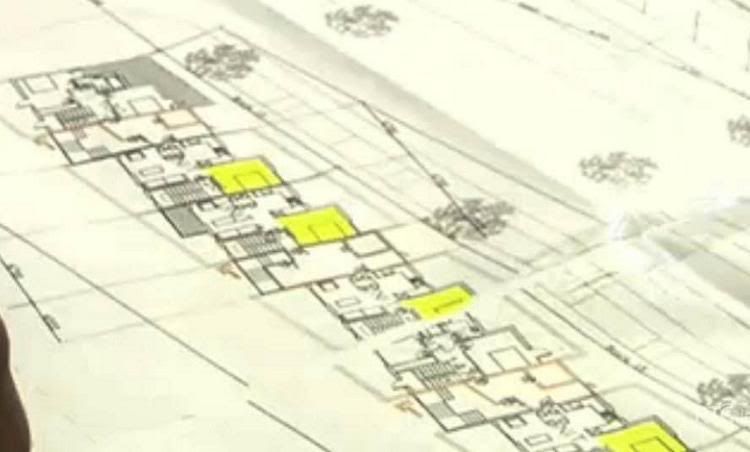I
itsmandymoo
Guest
coalport
I wonder can anyone help!!!. I live beside a block of appartments that coalport built. They did extensive damage to my house and left me no option other than to get a solicitor. He dragged his heels so much that we were recommended to mover to another solicitor who a couple of months ago told us they could not keep the case going unless we paid up front, which we cant. With all the coalport business up in the air at the moment i thought someone out there might be able to help as to where i turn now. Its been going on 8 years.
Thanks
itsmandymoo
I wonder can anyone help!!!. I live beside a block of appartments that coalport built. They did extensive damage to my house and left me no option other than to get a solicitor. He dragged his heels so much that we were recommended to mover to another solicitor who a couple of months ago told us they could not keep the case going unless we paid up front, which we cant. With all the coalport business up in the air at the moment i thought someone out there might be able to help as to where i turn now. Its been going on 8 years.
Thanks
itsmandymoo

